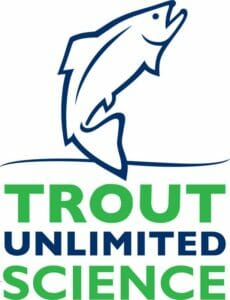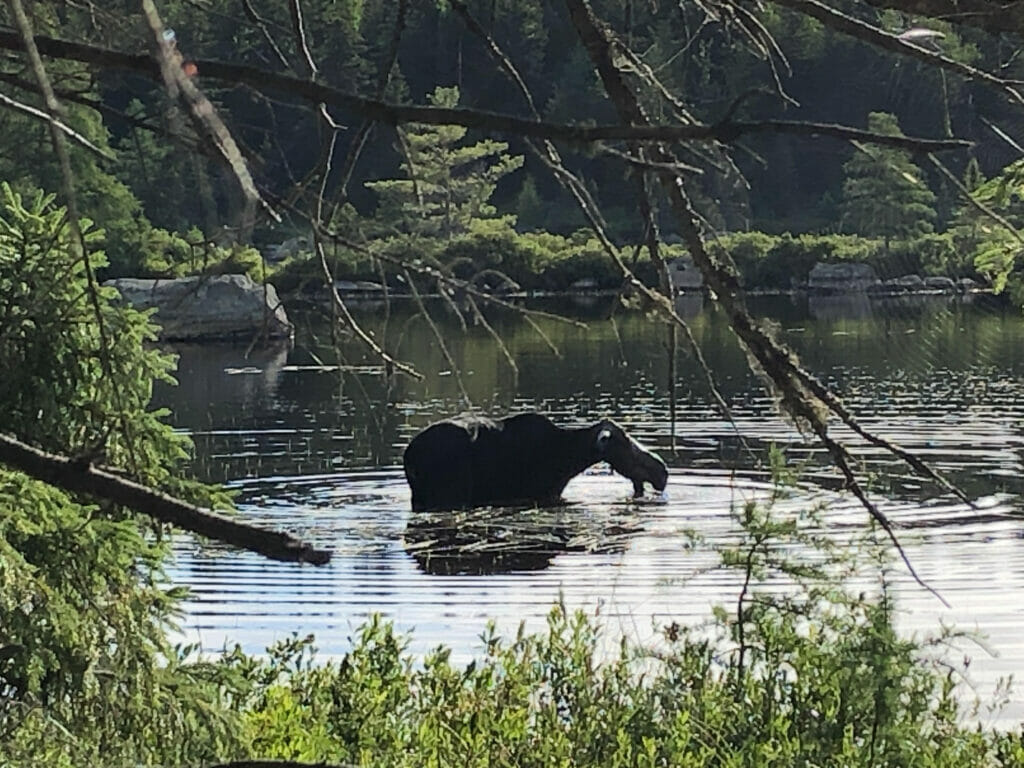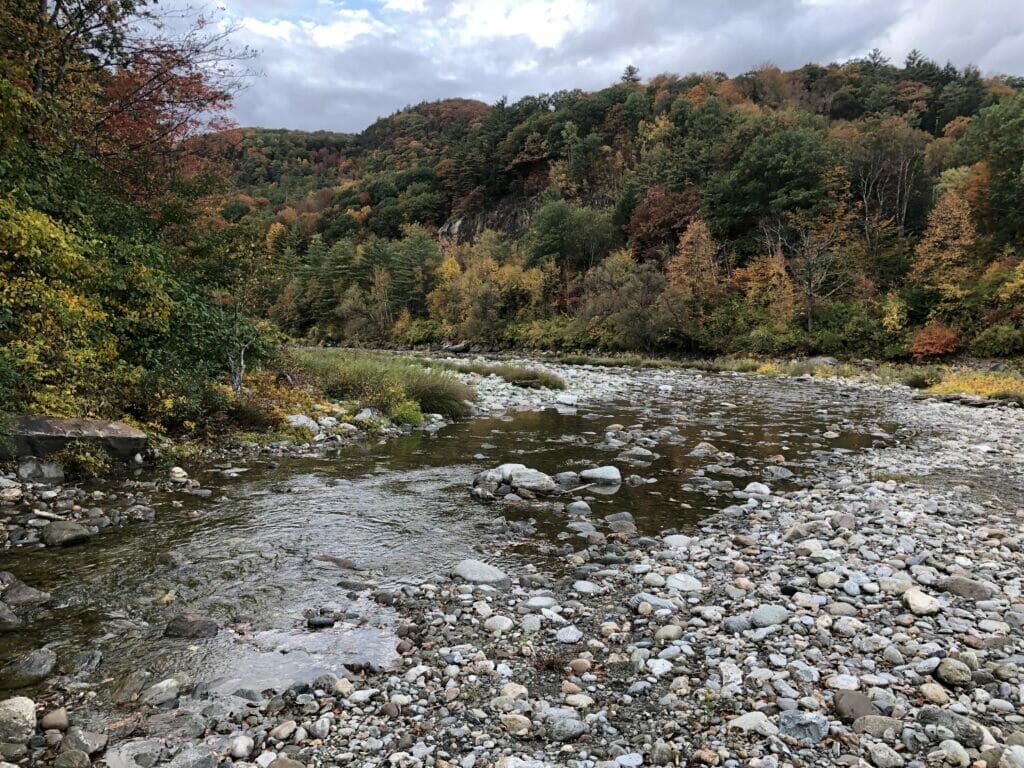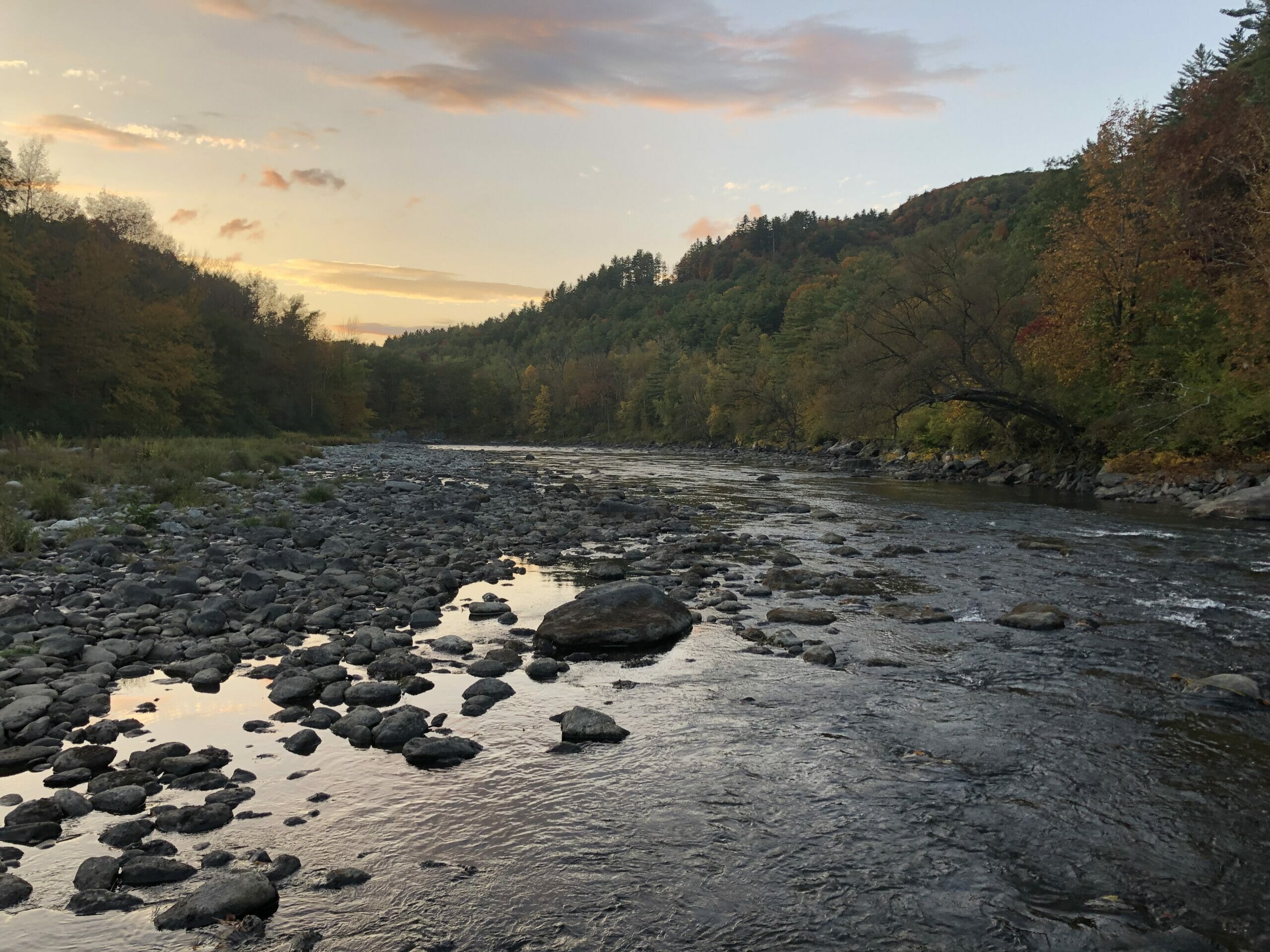By Chase S. Whiting

As summer transitioned to fall, the sun hung eerily over the Adirondack Mountains and illuminated smoke that traveled some 3,000 miles from wildfires out West. Seeing the smoke reminded me that seemingly distant corners of the planet are in fact interconnected by our shared environment.
In Vermont, the climate change story has multiple through lines, some of which include shorter maple sugaring and skiing seasons, more tick-born illnesses, more frequent and intense weather events, acute droughts, and more pressure on native and wild animals.

Vermont’s average air temperature has climbed 2.1 degrees Fahrenheit above the 20th century average in 2020. In my neck of the woods, air temps started to exceed 90 degrees in May and we experienced elevated river temps early in the fishing season. By July, river temps exceeded 70 degrees across much of the state and caused dissolved oxygen levels to remain dangerously low for wild and native trout through August.
Precipitation was simultaneously low, diminishing river flows and squeezing trout habitat. U.S. Geological Survey data indicates my home river flowed 50 percent below its historical August volume. Because of these changes, anglers were searching for pockets of water deep enough and cool enough to sustain micro-fisheries or were targeting warmwater species.
When it did rain, the storms were more likely to be intense downpours more likely to cause flash flooding and harmful run-off. In Vermont, run-off pollution interacts with warmer water temps to produce toxic algae that depletes dissolved oxygen levels in water yet more.
Climate change is water change. A warmer climate impacts nearly every facet of the water cycle: increased evaporation and transpiration deplete water from the land, rivers, lakes, oceans, and forests. Warmer air retains more water that is later released through intense precipitation events that are more likely to cause flash flooding and run-off pollution.
Under these circumstances, river restoration work is more critical than ever. Rivers become more climate resilient when trees planted on their banks cast water-cooling shade. Reconnecting rivers to floodplains fortifies against flash flooding. Repairing riparian buffers diminishes run-off pollution from entering waterways. And widening culverts and removing dams – especially pour-over dams that can elevate downstream water temperatures – increases connectivity between otherwise fragmented habitats.

In the face of climate change, however, river restoration work is no longer enough. Unless bold actions are taken now, some of the most harmful causes of river degradation will accelerate as the climate continues to warm.
As anglers, we are uniquely positioned in the conservation community to speak such truths. There are political leaders on both sides of the isle who respect our motives and listen when we speak up.
It is time for anglers at the chapter and council levels to ask ourselves what we can do in our home regions to prevent climate change. If your council does not yet have a climate change coordinator, volunteer to create the role. If your council has a climate change coordinator, reach out to get involved at the chapter level.
All rivers are impacted by our shared environment and every TU member has a role to play. Our regional actions can change local and state policies. Our collective actions can move the needle nationally.
Chase S. Whiting is a volunteer on Trout Unlimited’s Climate Change Workgroup and serves in the Central Vermont Chapter of Trout Unlimited. He is an attorney who dedicates much of his time to protecting the land, forests, and waters of Vermont and the Adirondacks.



